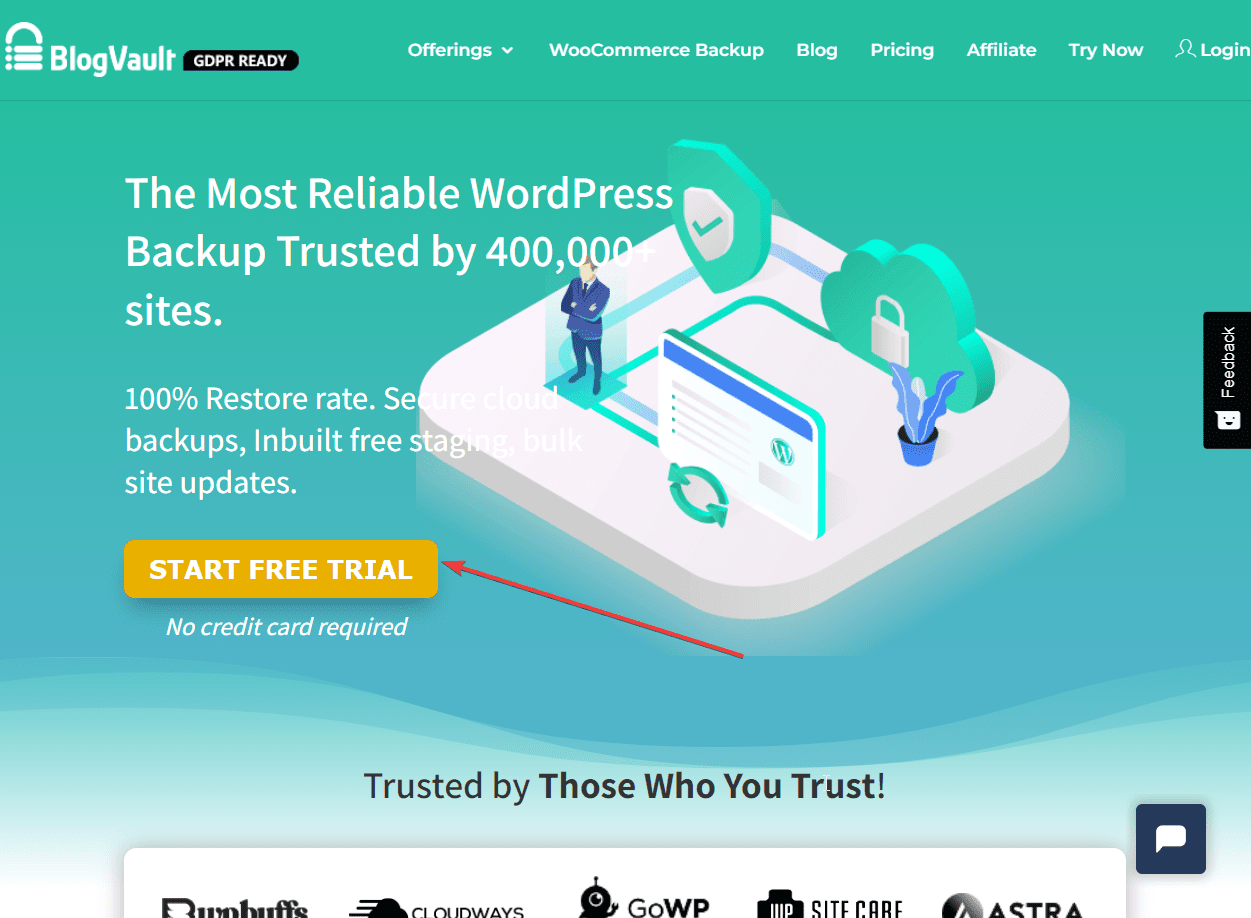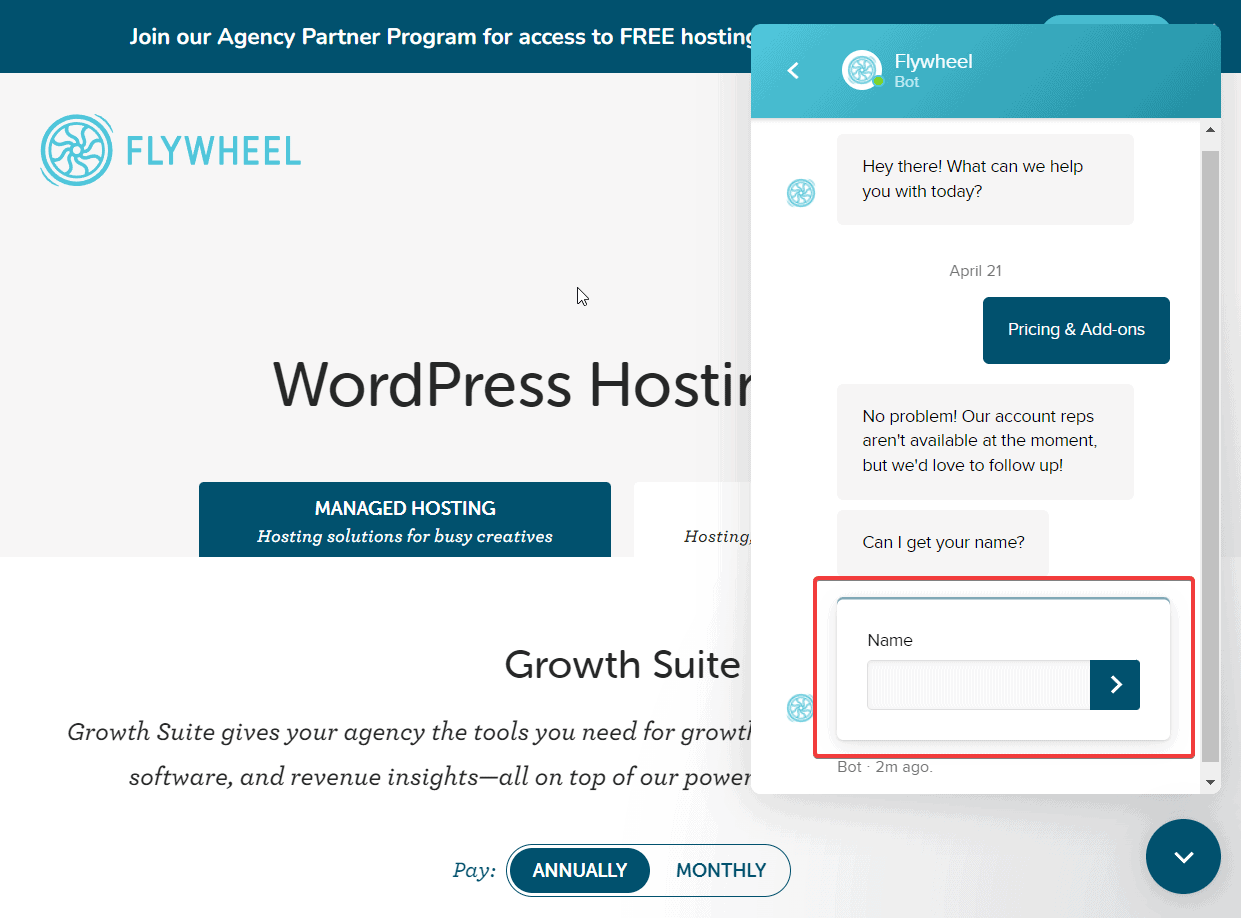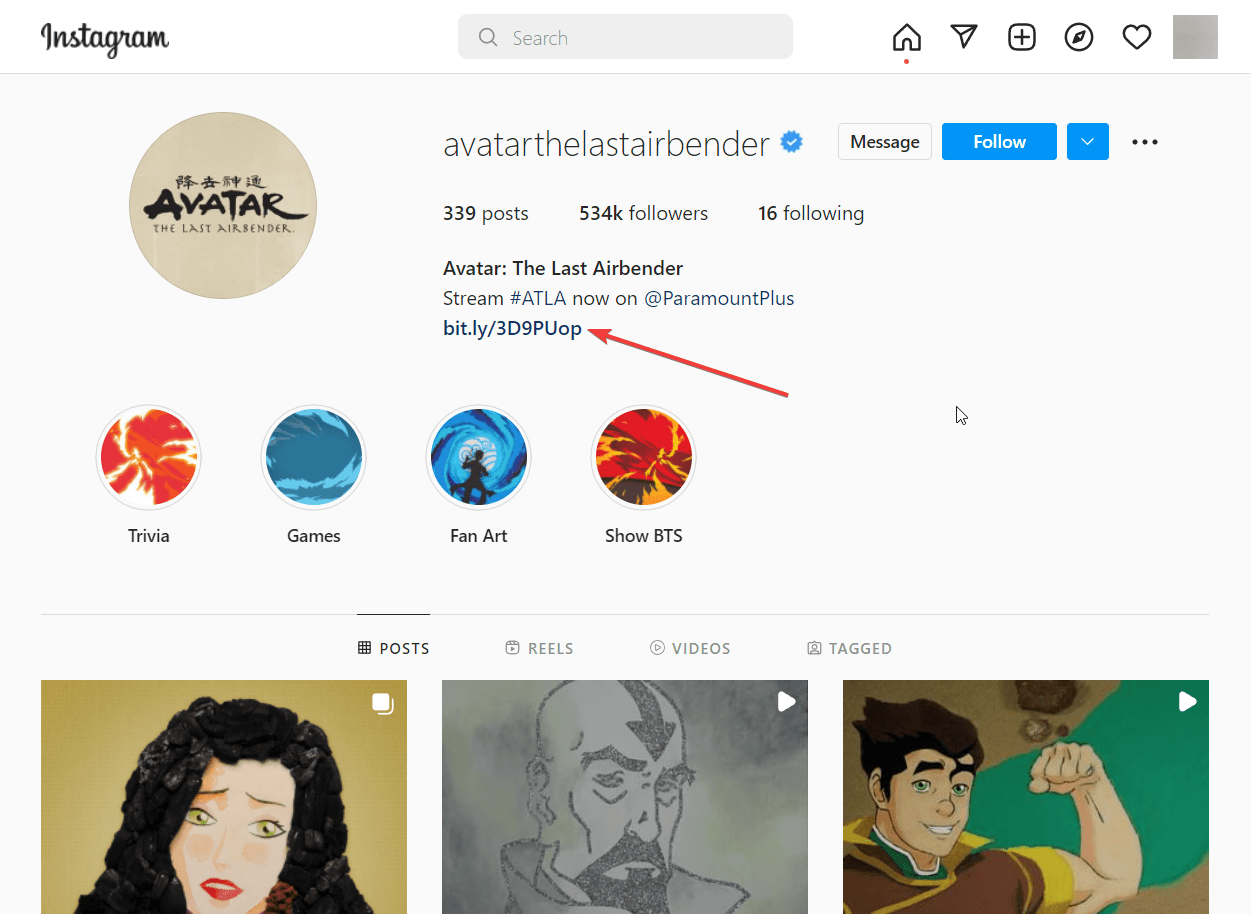How to Generate Leads: Strategies That Actually Work
Looking for lead generation strategies to grow your business?
There are many different types of lead generation strategies. Some strategies are suitable for B2B companies and others for B2C companies.
Data tells us that the three primary lead generation sources for B2B companies are SEO (14%), email marketing (13%), and social media (12%). Conversely, for B2C companies, the three primary lead generation sources are social media (17%), SEO (16%), and email marketing (15%).
This article will cover strategies that both B2B and B2C companies can implement to generate more leads. So let’s dive right in.
Best Lead Generation Strategies
You probably already know what a lead is but for the uninitiated, let’s take a quick look at the meaning of a lead. According to HubSpot, a popular marketing software:
“A lead is any person who indicates interest in a company’s product or service in some way, shape, or form….And lead generation is the process of attracting prospects to your business and increasing their interest through nurturing, all with the end goal of converting them into a customer.”
In this article, we discuss some of the best ways to generate leads for your business. Although not every strategy will work for your company, you still need to try them all out and figure out what works for you.
Now, let’s dive into the best lead generation strategies.
Create Helpful SEO-Optimized Content
One of the most effective ways of driving traffic to your website is by publishing helpful content like articles, ebooks, courses, and cheat sheets, among other things.
In general, businesses begin by publishing a ton of articles offering solutions to problems in tutorials, guides, reviews, and case studies. For instance, if you are selling an e-commerce plugin, you can write tutorials on setting up and maintaining an e-commerce store.
Crafting a helpful article alone is not enough; you need to ensure that the article ranks on Google’s first page and draws traffic. This can be achieved by optimizing the article for search engines.
When the articles start drawing traffic, you can add other types of content like ebooks, courses, and cheat sheets. To access this content, ask people to enter their email addresses. And in this way, the content of your website will help you capture leads.
Incentivize to Try Out Products
If you develop a content strategy and keep publishing helpful content, it’ll draw many visitors to your site. Hopefully, some visitors will return for more valuable content and may even use your products or services.
While this is a good content strategy, you can still take things a notch higher by offering an irresistible incentive so that visitors sign up and use your product on their first visit to your site.
There are several ways to incentivize your visitors. You can offer:
- Discounts & coupons to first-time users
- A free bonus item with the purchase
- Free upgrade with the purchase
- Buy one, get one free offer, and
- Free trials

Now that you know what to incentivize your visitors with let’s talk about how to implement these incentives.
You can offer your site’s visitors incentives by adding a popup when they are about to leave your site. You can also add a countdown timer to create a sense of urgency. Add CTA buttons at the end of your articles to encourage visitors to try your products and services. Also, add CTA buttons in the middle of the articles in appropriate locations.
Build an Email List
You can utilize your blog articles to build a subscriber list and incentivize subscribers to try out or buy your products or services.
For instance, you can add a subscription form at the end of your article. Assuming that anyone who reaches the end of your article liked what they read and would like to subscribe to enjoy more such content. Then, after they subscribe to your newsletter, you can offer discounts, coupons, and free trials to get them to sign up and use your products or services.
And that’s just one way of building an email list.
In this tutorial, you will find five different ways of building an email list. If you can successfully implement a few of these methods, you will have a list of hundreds of thousands of subscribers within a few months.
Capture Leads Through Live Chats
Live chat is one of the easiest ways to connect with visitors and acquire their contact details.
When people visit your product pages or stay on your homepage for a couple of seconds, they are interested in your offerings and may have a few questions about your products and services. By engaging them in a live chat, you can answer all their queries right away and may end up making a sale or two.
Even if you don’t make a sale, you can still collect emails from visitors and later reach out to potential customers and encourage them to try out your product. When visitors are leaving a message on your chatbox, ask for an email address so that the support person can send a copy of the chat to their inbox.
Flywheel, a managed WordPress hosting company, has a live chat installed on its site, and it requires visitors to add an email address before leaving a message.
There are several live chat services to choose from. Make sure you select one that allows you to collect email addresses.

Create Referral Programs
Your existing customers can be a source for lead generations. Customers who love your products are likely to recommend them to their family, friends, and colleagues. But instead of waiting for the customers to do that, why not incentivize and encourage them to refer your products or services.
But before you start creating a referral program, determine what type of leads you are hoping for.
If you want to collect email addresses, then reach out to your current customers and ask them for the email addresses of family, friends, and colleagues who would be interested in your brand. In exchange, offer your customer an attractive discount.
But if you want your current customers to sell your products for you, then develop custom referral codes and ask your customers to share them with people who’d be interested in buying products or services. Then, when someone purchases using that custom code, the customer gets a bonus.
Advertise
Advertising your brand is a traditional way of lead generation. Still, many businesses are skeptical about this method because you need to invest a lot of money, and results are not guaranteed. But if you have the budget and resources, go for advertisements.
You can advertise your brand on podcasts, social media, Google search engines, and even Gmail. Try advertising in all these places and find a platform that best speaks to your target audience. Then focus on developing lead generation strategies for that platform. Learn more about online advertisements.
Offer Free Tools
Build a free tool and invite people to use it. A good tool will quickly draw traffic which you can convert into leads.
Take, for instance, HubSpot’s Website Grader. It’s a free online tool that grades your site against key metrics like performance, mobile readiness, SEO, and security. Visitors need to insert their domain and email addresses on the page to use the tool. Nevertheless, it’s a great way to collect leads.

Another example we want to highlight is Moz’s free Domain Analysis tool. When you insert your domain into the tool, it offers you insight into SEO metrics like domain authority, linked root domains, ranking keywords, and spam score. If you want to improve these metrics, you can try Moz Pro.
Host Events, Seminars & Webinars
Hosting an event, seminar or webinar is one of the most effective ways of generating leads.
Events offer specific information in exchange for the attention and contact details of the attendees. You can later use these contact details to find potential customers and offer attractive discounts to drive your products and services sales.
Most small businesses don’t host events or seminars because it requires significant planning and investment of time and money. But webinars are relatively easier to plan and so we recommend hosting webinars. Here’s a guide that offers insight into hosting a webinar to generate leads.
Create a YouTube Channel
Investing time and money to build a YouTube channel can be a good lead generation strategy. According to Optinmonster, 84% of customers say they were convinced to buy a product or service by watching a brand’s video.
YouTube is the second-most visited website behind Google, so there is a massive opportunity to find an audience on that platform. That said, creating a successful YouTube channel requires hard work.
You will need to find topics to discuss, learn to write scripts, buy shooting gear and invest time in shooting and editing videos.
The first few videos will not see any engagement, but you can build a following within a few months if you keep producing helpful video content. Once you have enough subscribers generating leads becomes easier. For example, Ali Abdaal, a YouTuber and podcaster, creates a video showing a productive day in his life and then asks his subscribers to sign up for his paid course on productivity.
Use Social Media Profiles
Having a social media account is essential for all businesses because it sends positive trust signals to potential customers. But did you know that you can leverage your social media accounts to generate leads?
Billions of people use social media daily. The platforms offer many opportunities for businesses to generate leads. You can try the following lead generation strategies on social media platforms:
- Runs ads on Facebook and Twitter
- Promote your business to people looking for a solution to a problem
- Offer giveaways and run contests where people can participate by entering their email addresses
- Place a link in your social media bio that goes to a lead capture page

Use Q&A Sites
When it comes to growing a business successfully, the biggest challenge that most marketers face is finding customers.
Your product or service may offer solutions to problems that potential customers face, but how do you even find those customers?
This is where Q&A sites like Quora and Reddit come in handy.
On these sites, you can easily find potential customers based on the questions they are asking. For example, let’s say someone asks why they see a sudden spike in their website traffic. You can answer it by saying that those are not real traffic and that their site is most likely under bot attack. You can then plug in your website security service as a solution to their problem.
It may take a while for people to trust your recommendations. But if you keep offering helpful advice, you can build a reputation and a following.
For further assistance, Check out this guide on using Reddit and Quora for marketing.
Optimize Your Site
To generate more leads for your business, make sure that your visitors can easily take actions like signing up for your newsletter or trying out your product.
Add CTA buttons at various locations like articles, the home page, and product or service pages. We recommend using tools like HotJar to observe visitor behavior and decide where to insert the CTAs. Try using different types of CTAs and check which buttons are performing best.
Websites generally receive a significant amount of traffic from mobile, so optimize your site for mobile users. For example, you need to use a mobile-friendly theme and ensure visitors have a clutter-free view of your pages.
Encourage Customers to Leave Reviews
Review sites such as Capterra, G2 Crowd, Glassdoor, and Yelp can be viewed as lead-generating channels.
91% of consumers read at least one review before purchasing a product. Reading positive reviews influence people’s buying decision.
So if you can get your happy customers to leave positive reviews on public review sites, it will attract potential customers and encourage them to buy your products.
Conclusion
As you can see, there are several ways to generate leads, and every method requires a lot of planning and hard work. We suggest you experiment with two or three strategies at a time. Pick your strategy based on the availability of your resources, and you’d soon find out that only a couple of methods work for your business.
To carry out some of the strategies listed above, you will need a lead generation plugin. In one of the previous articles, we compared the top lead generation plugins for small businesses.
There you have it, folks. You now know what you need to do to generate leads for your business. For more helpful marketing guides, please take a look at our blog.

